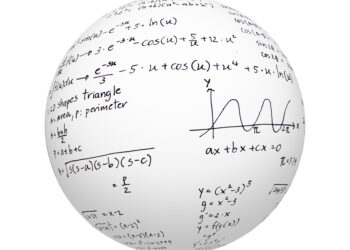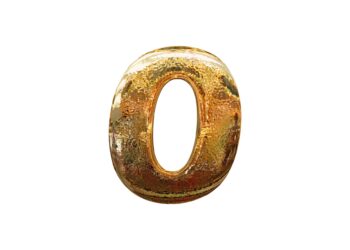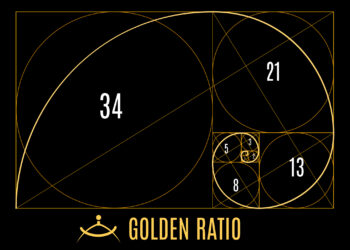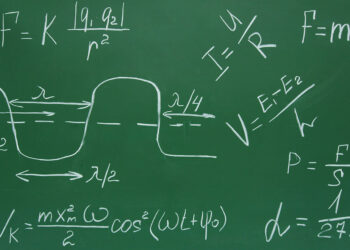Minus Sign Challenge
Do you think you are familiar with the minus sign? Test yourself by taking the following challenge.
Express -(-3-5)-2 as an integer.
Let’s break the equation down.
The symbol before the 3 represents the integer “negative three”.
The subtraction symbol precedes the 5 and results in the subtraction of 5 from -3 to give -8, the value of the number in the brackets.
The symbol before the 2 represents the reciprocal exponent. This is the equivalent of 1 divided by the result of the last step to the power of 2. i.e. 1/(–8*–8) = 1/64. What is negative about a fraction? The minus sign indicates this operation is based on division not multiplication.
The symbol before the expression in the brackets calls for taking the opposite of that expression giving the value of the expression of -1/64. Is that what you calculated?
I asked Chatgpt to solve the equation. I was not able to find a format for the question that got the answer. Please respond with a comment if you can get Chatgpt to solve.
Sine and Limits
The sine of 30o or sin(30o)= ½. The purpose of the sine inverse function is to reverse what the original function does. The minus sign denotes the sine inverse function as in sin-1(½) = 30o. What else does the minus sign represent?
Another example is the limit function. ‘The limit of a function (if it exists) for some x-value, a, is the height the function gets closer and closer to as x gets closer and closer to a from the left and the right.’ A one sided limit is the height in the graph of the function that the function gets closer and closer to from the left or the right. A minus sign indicates the one sided limit from the left. The minus sign before the 5 in the equation below means that x has a limit of 5 from the left.
(1) ![]()
So, what’s going on with the minus sign? Why is it being used for so many different purposes? It reminds me of the difficulties people have learning English as a foreign language when presented with a sentence such as ‘There is no time like the present to present you with this present’.
No wonder accountants and physicists avoid negative numbers.







